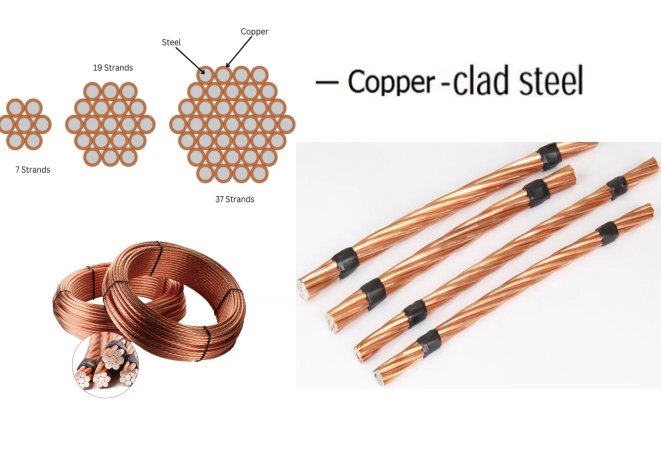In the realm of materials science, the ability of a metal to withstand extreme temperatures is a critical factor in various applications, from aerospace engineering to nuclear reactors. When we talk about temperatures reaching 5000 degrees Fahrenheit (approximately 2760 degrees Celsius), we enter a domain where only a select few materials can endure such conditions. This article delves into the properties of metals that can withstand these extreme temperatures, their applications, and the underlying science that makes them suitable for such demanding environments.
Understanding High-Temperature Resistance
Before we explore specific metals, it’s essential to understand what it means for a metal to withstand high temperatures. High-temperature resistance is characterized by a metal's ability to maintain its structural integrity, mechanical properties, and resistance to oxidation and thermal fatigue. At temperatures around 5000 degrees Fahrenheit, most conventional metals will melt or undergo significant degradation. Therefore, we must consider specialized alloys and refractory metals.
Refractory Metals: The Titans of Heat Resistance
Refractory metals are a class of materials known for their exceptional resistance to heat and wear. The primary refractory metals include tungsten, molybdenum, tantalum, and niobium. Among these, tungsten stands out as the metal with the highest melting point, approximately 6192 degrees Fahrenheit (3422 degrees Celsius).
Tungsten: The Heat Champion
Tungsten is often the first metal that comes to mind when discussing high-temperature applications. Its remarkable melting point and tensile strength make it ideal for use in environments where temperatures can soar. For instance, tungsten is commonly used in aerospace applications, such as rocket nozzles and high-performance engine components, where it can withstand extreme thermal and mechanical stresses.
However, while tungsten can endure high temperatures, it is essential to note that at 5000 degrees Fahrenheit, even tungsten can experience oxidation if not properly protected. Therefore, in practical applications, tungsten is often alloyed or coated with materials that enhance its oxidation resistance.
Molybdenum: The Versatile Workhorse
Molybdenum is another refractory metal that exhibits excellent high-temperature properties. With a melting point of around 4622 degrees Fahrenheit (2546 degrees Celsius), molybdenum is frequently used in applications such as furnace components, aerospace parts, and electrical contacts. Its ability to maintain strength at elevated temperatures makes it a popular choice in industries that require durability and reliability.
Molybdenum also has a lower density than tungsten, making it a more lightweight option for certain applications. Additionally, it can be alloyed with other metals to enhance its properties further, allowing for tailored solutions in high-temperature environments.
Advanced Alloys: Pushing the Boundaries
While refractory metals are exceptional, the development of advanced alloys has opened new avenues for materials that can withstand extreme temperatures. Superalloys, particularly those based on nickel and cobalt, have been engineered to perform in high-stress environments.
Nickel-Based Superalloys
Nickel-based superalloys are designed to maintain their mechanical properties at elevated temperatures, making them ideal for turbine engines and other high-performance applications. These alloys can withstand temperatures exceeding 2000 degrees Fahrenheit (1093 degrees Celsius) and, with proper engineering, can be used in environments approaching 5000 degrees Fahrenheit, especially when combined with thermal barrier coatings.
Cobalt-Based Superalloys
Cobalt-based superalloys are another category that exhibits excellent high-temperature performance. They are particularly resistant to oxidation and corrosion, making them suitable for applications in gas turbines and other extreme environments. These alloys can maintain their strength and stability at temperatures that would typically degrade other metals.
Conclusion: The Future of High-Temperature Metals
As industries continue to push the boundaries of technology, the demand for materials that can withstand extreme temperatures will only grow. Research into new alloys, coatings, and composite materials is ongoing, with the goal of developing solutions that can endure the harshest conditions.

More Stories
Safety First: Essential Features of Heavy Duty Storage Racks
Why Indoor Adventure Parks Are the Perfect Rainy Day Solution
Innovations Driving the Future of Glass Fiber Cloth Composite